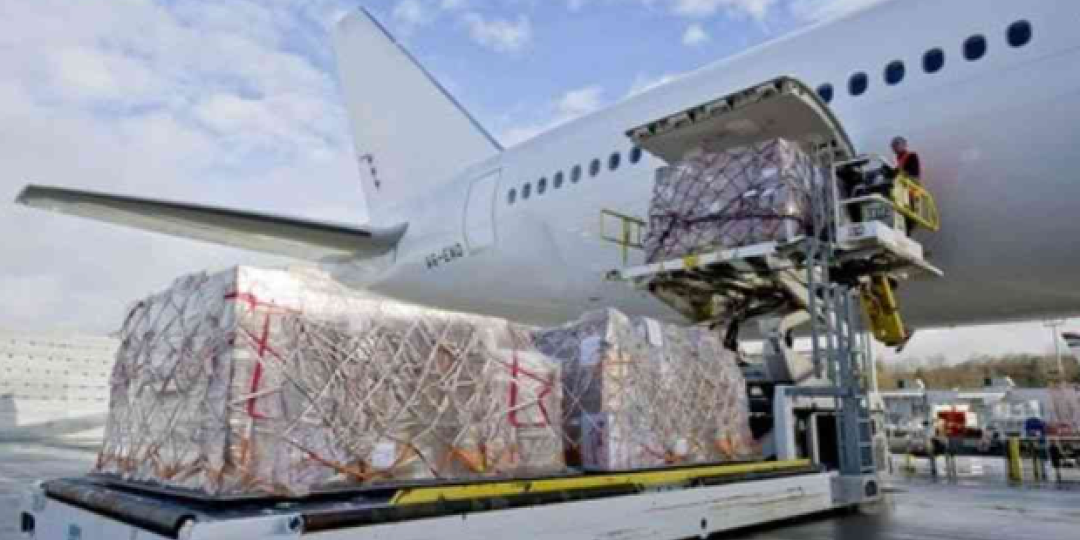The International Air Transport Association's (IATA) latest data for global air cargo markets, released on Tuesday, indicates the strongest year-on-year growth in roughly two years.
The marked growth recorded in November 2023 is partly due to weakness during November 2022 but also reflects the fourth consecutive month of strengthening demand for air cargo.
Global demand for air cargo, measured in cargo tonne-kilometres (CTKs), increased by 8.3% compared to November 2022.
For international operations, demand growth was 8.1%.
"November air cargo demand was up 8.3% on 2022 – the strongest year-on-year growth in almost two years. This is a doubling of October’s 3.8% increase and a fourth month of positive market development," said Willie Walsh, IATA director general.
"It is shaping up to be an encouraging year-end for air cargo despite the significant economic concerns that were present throughout 2023 and continue on the horizon."
Capacity, measured in available cargo tonne-kilometres (ACTKs), was up 13.7% compared to November 2022 (+11.6% for international operations).
Most of the capacity growth continues to be attributable to the increase in belly capacity as international passenger markets continue their post-Covid recovery.
Compared to November 2019, pre-Covid demand is still down 2.5% while capacity is up 4.1%.IATA noted several key indicators, including that global cross-border trade recorded growth for the third consecutive month in October, reversing its previous downward trend, while inflation in major advanced economies continued to soften in November.
The Consumer Price Index (CPI), centred around 3% year-on-year for the United States, Japan and the EU, while China exhibited negative annual CPI growth for the second month in a row.
"Air cargo yields (including surcharges) continued their significant upward trend (+8.9% since October).
“This is in line with improving air cargo load factors over recent months. This could be tied in part to booming e-commerce deliveries from China to western markets," IATA said.
Asia-Pacific airlines saw air cargo volumes increase by 13.8% in November 2023 compared to the same month in 2022.
This performance was significantly above the previous month’s growth of 7.6%. Available capacity for the region’s airlines increased by 29.6% compared to November 2022 as more belly capacity came online with the removal of Covid-19 restrictions.
North American carriers had the weakest demand growth with a 1.8% increase in cargo volumes, although this is a significant improvement in performance compared to October’s 1.8% contraction.
European carriers saw air cargo volumes rise 6.7%, while capacity increased 6.5%.
The strongest performance was recorded by Middle Eastern carriers, which experienced a 13.5% increase, in which instance, capacity increased by 15.4% compared to November 2022.
African airlines saw air cargo volumes increase by 3.9% and recorded a 14% rise in capacity.Latin American carriers experienced a 4.2% increase in cargo volumes compared to November 2022, while capacity was up 7.7% compared to the same month in 2022.













